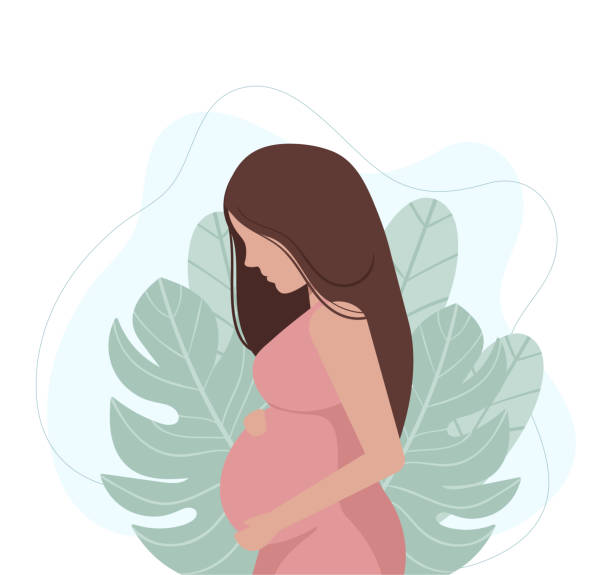
IVF refers to In vitro fertilization. It consists of a complex series of procedures used to help with fertility or problems related to genetic disorders. A more straightforward way to understand the IVF procedure is that mature eggs are collected from a female’s ovaries and fertilized by sperm artificially in a lab.
It was first initiated in 1978 in England. When it was introduced, IVF was prescribed to women with blocked fallopian tubes. However, IVF achievement rates have improved significantly over the years.
Before we move ahead, we need to understand infertility thoroughly. Almost everyone today has heard about infertility, even if they might not understand the term entirely. In simple words, infertility can be defined as a disorder of the male or female reproductive system where pregnancy is not achieved even after 12 months or more of regular sexual intercourse.
The World Health Organisation (WHO) gives us this pellucid definition. Infertility can be divided into two types. Type one is primary infertility. It refers to couples who cannot conceive after one year of having sex without birth control methods or contraceptives. Secondary infertility refers to those who got pregnant at least once in the past, but at present, they have difficulties conceiving.
Are there any signs of infertility? Having long periods, pain during sex (dyspareunia), chronic pelvic pain, fatigue, pain with bowel movements, dark menstrual blood, irregular menstrual cycle, etc., are a few of the commonly observed signs and symptoms in females. Erectile dysfunction, abnormal changes in testicles, problems with ejaculation, obesity, etc., are a few early signs of male infertility.
In vitro fertilization allows couples to become parents even if one of the partners has infertility issues despite trying other first-hand methods such as surgery, fertility drugs, etc. IVF is preferable when you or your partner has a low sperm count, poor quality eggs, genetic disease, endometriosis, etc.
You may have heard of another process called artificial insemination. It can be understood as the reverse process of in vitro fertilization, where the sperm is placed in the uterus artificially, and normal conception occurs in due time. Unlike artificial insemination, in vitro fertilization involves combining eggs and sperm outside the human body in a laboratory in a carefully controlled environment. Once the embryo begins to form, they are collected and placed carefully in the uterus.
One more term related to in vitro fertilization is ART, Assisted Reproductive Technology. It includes vitro fertilization-embryo transfer (IVF-ET), zygote intrafallopian transfer (ZIFT), frozen embryo transfer (FET), and gamete intrafallopian transfer (GIFT).
The term “test-tube baby” is used popularly for babies conceived through the in vitro fertilization method. Although the term is “test-tube baby”, these babies do not develop in test tubes. Instead, the egg is fertilized in a petri dish using the IVF process. You should remember that IVF should only be opted for when other methods fail to produce the desired results.
Let us learn more about the IVF procedure.
Generally, after two weeks of embryo transfer, your doctor will call you for a pregnancy test.
Let us discuss the costs of the IVF process. It is a costly procedure. It costs around $12,000 to $17,000 on average per cycle in the US and INR 2.5 to 4 lacs in India. It is often beneficial to store the excess developing embryo in a frozen state to be used for IVF cycles you might go for later.
IVF is by far the best innovation to treat infertility. Couples who are unable to conceive biologically find hope through this procedure.
Around two or three on average are considered normal. The first infertility treatment is artificial insemination (AI), and doctors will always prescribe this before IVF.
It ranges from 30% to 35% in India. Globally, its success rate is around 40% in young women. Age is a crucial factor in determining the success rate of IVF. For example, a lady under 35 years undergoing IVF has a 39.6% chance of having a child, while a lady over 40 has an 11.5% chance.
Komala’s Women Clinic is a multidisciplinary organization dedicated to the advancement of the art, science and practice of reproductive medicine.
Doctor Komala’s Women Clinic Newtown Medical Centre First Floor, Major Sandeep Unnikrishnan Rd, Yelahanka New Town, Bengaluru, Karnataka 560064
©Copyright 2023 Komala’s Women Clinic. All rights reserved.